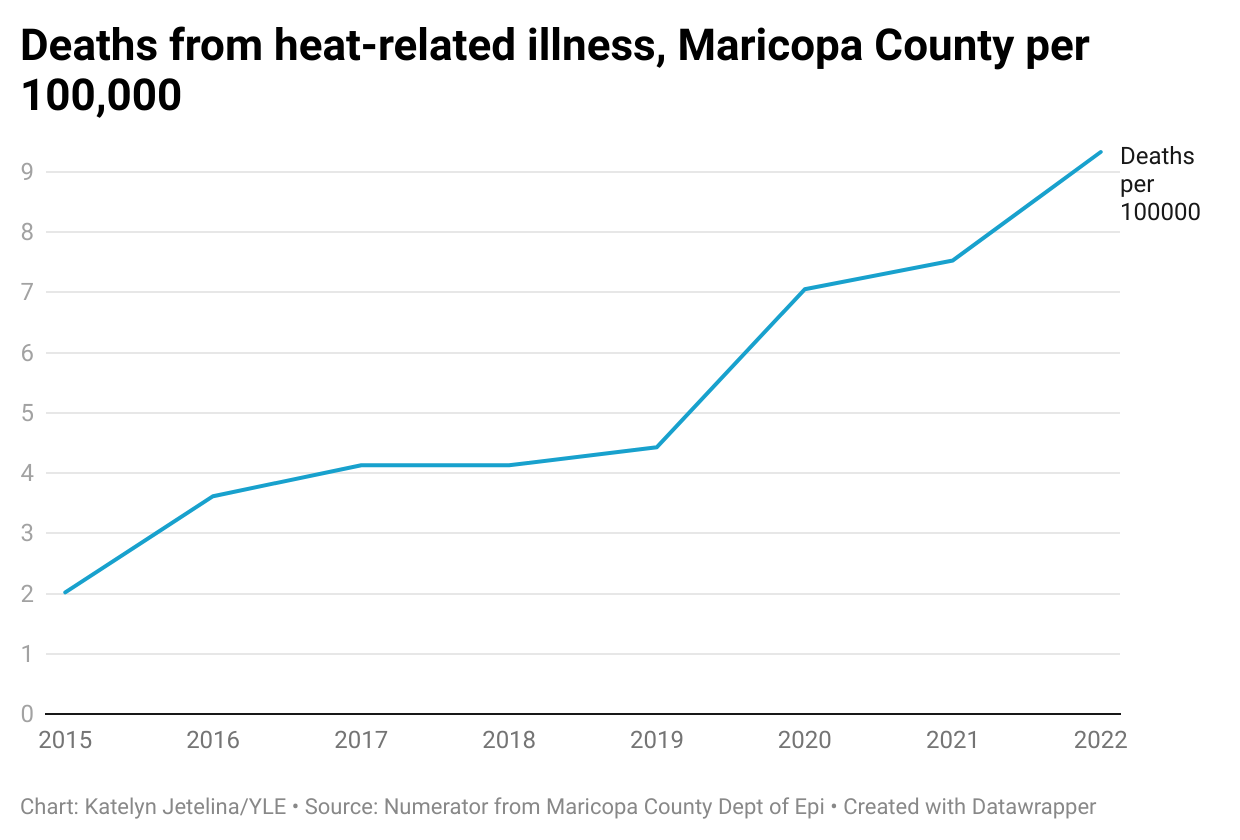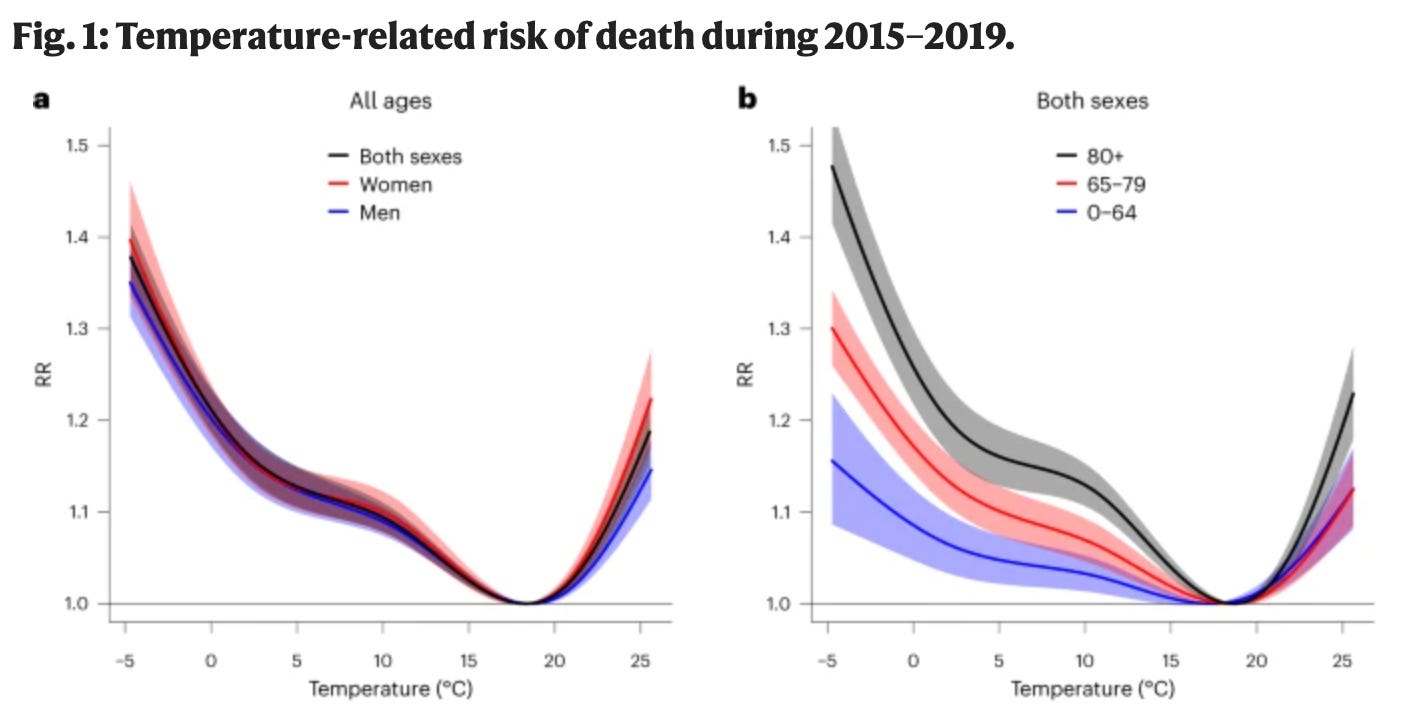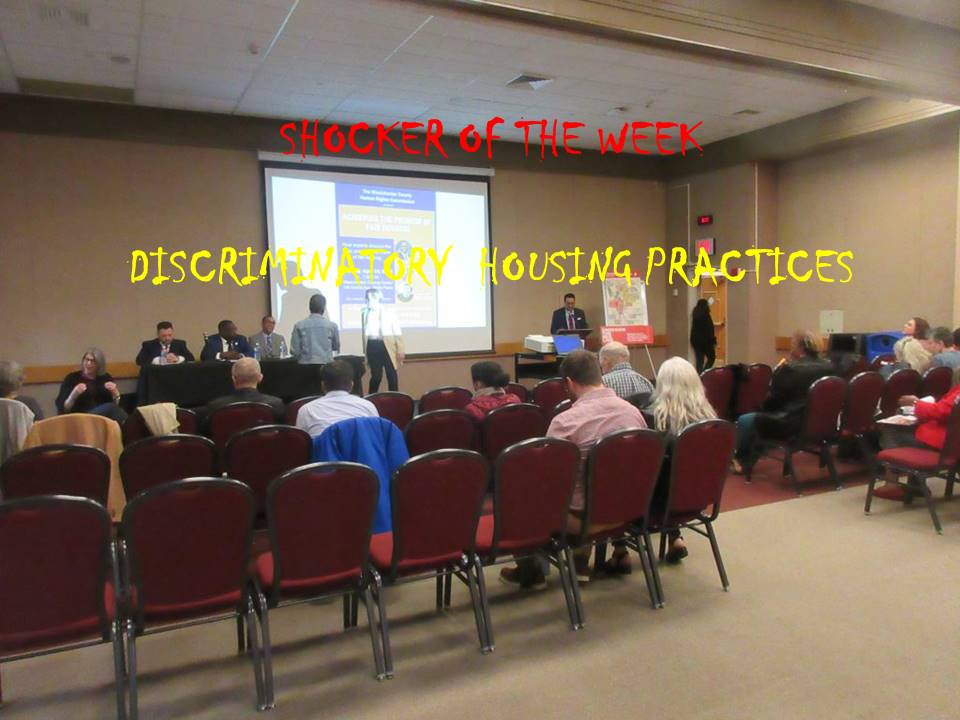Hits: 125
Um, it’s hot out there. Heat records are breaking all across the globe this summer.
I just spent a week in Texas, and one of my girls got sick really fast. So, naturally, I went down the epi rabbit hole of curiosity: if heat records are breaking, have heat-related illnesses (HRI) increased, too? This may seem intuitive, but some factors are decreasing risk now, too.
This is what I found.
United States
Like many things in public health, the HRI surveillance is a suboptimal patchwork of data, and only some states are reporting, creating a fragmented picture. It seems to have improved over time, which is great.
Among states reporting, in 2021, Louisiana had the highest age-adjusted rate of emergency department visits for HRI (~50 per 100,000 per year). There are substantial year-to-year fluctuations, but rates have remained relatively stable from 2006-2021.

While state data is lagged (last update was 2021), data by region is impressively available in almost real-time. 2023 is shaping up to be unique in the Midwest, with higher rates of HRI than in previous years.



Before 2021, hospitalization rates were lower than ED visits (as expected) and have remained relatively stable since 2000. However, one state stands out: Arizona.

The largest county in Arizona—Maricopa County (i.e., Phoenix)—provides a beautiful annual heat-related death report. In Maricopa County, heat deaths increased fivefold since 2015.

An increase in outside deaths largely drives this pattern. And indoor deaths are mostly among those without a working AC.

International surveillance
Last year nearly 62,000 Europeans died due to HRI. Italy, Spain, and Greece had the highest heat deaths per capita. As Nature Medicine shows below, as temperatures rose (and fell) in Europe, so did the risk of death, particularly among older populations.

But, when looking at heat-related excess death, the Lancet found that the global leader is Eastern Europe and sub-Saharan Africa. (It’s important to note that cold-related excess deaths have increased the most recently, though.)

What’s explaining these patterns?
Like anything in public health, several factors are increasing and decreasing HRI:
Factors increasing risk
- Heat waves. 35% of heat-related deaths are during heat waves. The frequency of heat waves is increasing over time.

(EPA) - Increased social vulnerability. In 2016, scientists attributed an unexpected increase in Arizona heat illness to a rise in homelessness. Since 2016, homelessness has steadily increased in Maricopa County, for example.
- Power outages have increased. California had a 28% increase in blackouts from 2018 to 2019. (Unclear if these were planned for wildfires or unplanned.) Texas was the state with the second more power outages. Power outages are linked to an increase in excess deaths.
Factors decreasing risk
- Better forecasting and early warning systems allow businesses, schools, and individuals to take action sooner.
- Increased air conditioning. AC use has crept up in the United States but dramatically increased around the globe. And researchers found that broader use of AC saves lives but disproportionately benefits those with higher incomes.

Unknown impact
- Reporting behavior. If more physicians are aware of HRI, they are more likely to categorize it as such in a patient’s chart. Over time, it will look like more HRI when, in reality, it’s a product of increased reporting. But how much this contributes to patterns we’re currently seeing is unclear.
Bottom line
A change in weather impacts population-level health. Before 2021, increases in heat-related illnesses were strikingly apparent in Arizona. But changes are becoming more apparent in other regions now. We must better adapt communities, as these illnesses and deaths are preventable.
Love, YLE
“Your Local Epidemiologist (YLE)” is written by Dr. Katelyn Jetelina, MPH Ph.D.—an epidemiologist, wife, and mom of two little girls. During the day, she is a senior scientific consultant to several organizations. At night she writes this newsletter. Her main goal is to “translate” the ever-evolving public health world so that people will be well-equipped to make evidence-based decisions. This newsletter is free, thanks to the generous support of fellow YLE community members. To support this effort, subscribe below:

